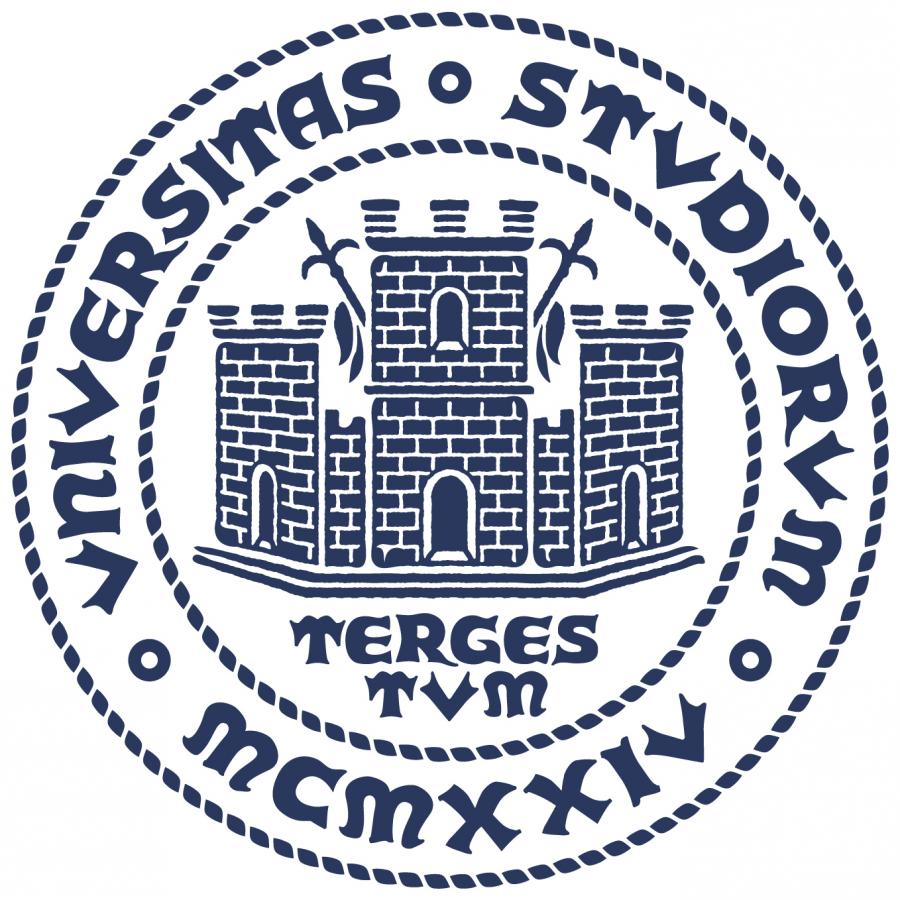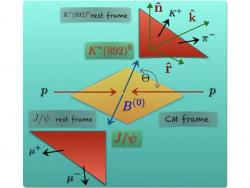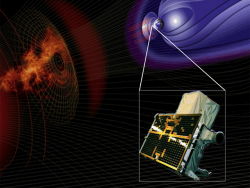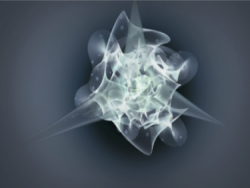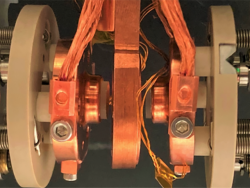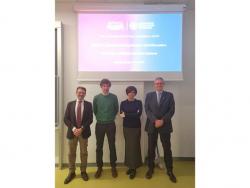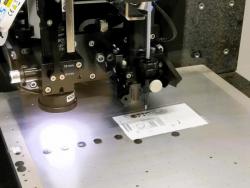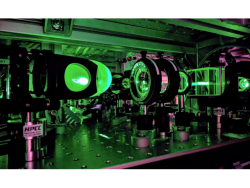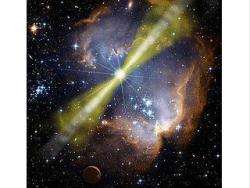- Home
- Dipartimento
- Ricerca
- Didattica
- Post Lauream
- Trasferimento della conoscenza
- Come fare per
n_TOF Experiment
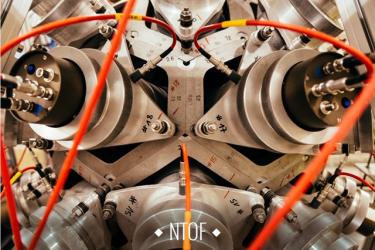 The n_TOF experiment deals with the measurement of high resolution neutron cross-sections in a large energy range.
The n_TOF experiment deals with the measurement of high resolution neutron cross-sections in a large energy range.
These data are of great interest in various fields, such as fundamental nuclear physics, nuclear astrophysics, hadrontherapy, energetic and environmental problems.
The measurements are performed by using the n_TOF facility at CERN. In this facility, the neutron beams, produced by spallation of 20 GeV/c protons from the CERN PS on Pb, uses two different path of flight: a shorter one of 19 m (very high beam intensity) and a longer one of 185 m (very high energy resolution).
The neutron beams present some unique performances:
- a broad energy spectrum, ranging over 12 order of magnitude, from meV to GeV;
- an extremely high flux (1013 neutrons.cm-2.bunch-1 at the producing Pb block and 106 neutrons.cm-2.bunch-1 on the measuring sample)
- an excellent energy resolution (DeltaE/E=10-4)
- a low duty cycle (0.3 Hz).
Due to these characteristics, these beams allow the study of some reactions until yet unexplored.
In particular, high flux and low duty cycle allow to obtain very precise values of neutron cross sections for both stable and
radioactive samples (even if available in few amount of mass).
The main interest of these data arises in the following fields:
- Nuclear Astrophysics, where the knowledge of neutron cross-sections is essential to describe the Stellar Nucleosynthesis process,
- in which the origin and the abundance of the elements are concerned. It is in fact well known that the production of a large parte of heavy elements (A>60) is attributed to neutron capture processes.
- Studies on emerging Nuclear Technology, as accelerator driven systems for long-lived nuclear radioactive waste transmutation and energy production in intrinsically safe reactors.
- Hadrontherapy and high-energy neutron dosimetry, that are important in view of the increasing perspective of medical and industrial use of neutrons.
- Fundamental nuclear physics.
The n_TOF collaboration consists in about 150 physicists from 40 world wide Institutions. Italy partecipates through the National Institute of Nuclear Physics (INFN) Sections of Bari, Bologna, Perugia and Trieste and from the Laboratori Nazionali di Legnaro and Laboratori Nazionali del Sud di Catania.
The project is supported by the European Commission.
Info
Ultimo aggiornamento: 11-09-2025 - 08:37
